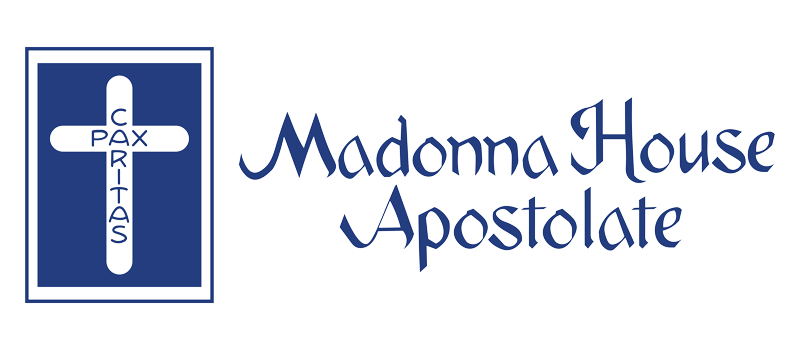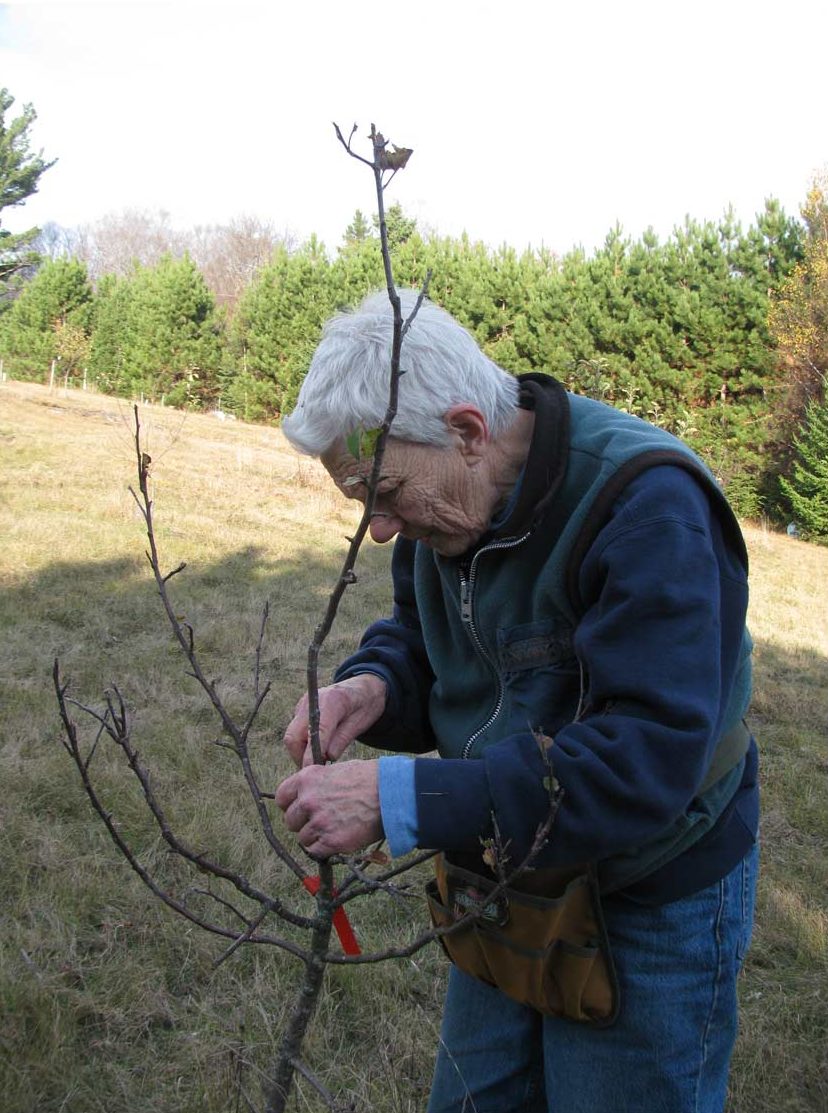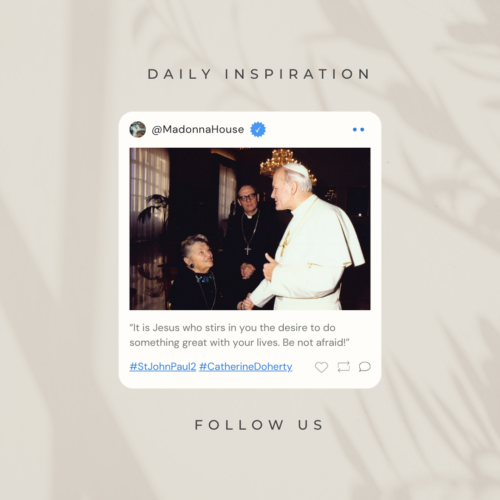This content has been archived. It may no longer be relevant
What was it like to live closely with Catherine Doherty in the early, pioneering days of Madonna House? In this article, Mary, who was head gardener for most of her years here, gives us some glimpses.
***
Summer school 1951 was an adventure for another teenager and me, two high school students sponsored by our sodality to attend the Friendship House Summer School of Catholic Action in Combermere. It was run by a Russian baroness, Catherine Doherty.
It was an adventure because electricity had not yet reached Combermere, and life here was like what you read about in books about “the old days.”
The outstanding thing I remember about that summer is Catherine (called “B”) herself. Looking back, I now know that she was at the height of her physical ability and energy.
The talks she gave were dynamic, powerful and inspired, and they opened up for us a vision of the Church, of God and the saints, of Catholic Tradition, of the lay apostolate, and of Catholic Action.
Her own relationship to the Lord, Our Lady, and the saints gave us hope that it was possible for ordinary people to aim for and achieve this relationship. Seventy years later, this vision still sustains me.
During the last week of summer school, Grace Flewelling, an older woman who belonged to Madonna House, died, which upset the whole group. I had never known anyone who had died.
B gave us an incredible example of how a Christian sees death, not as an evil or tragedy but as going home.
In September, Catherine was a delegate to the Lay Apostolic Congress in Rome, and in a private meeting with the pope, he instructed her not to forget the family.
So the next year, the last week of summer school was for the family.
Only four or five families attended. We volunteers took the kids to a lake for the day while B and Fr. Callahan, who later became our first member priest, were with the parents. This was the humble beginning of what is now Cana Colony, our retreat/vacation for families.
In 1953, I became an applicant. In the quiet times of late fall and winter, classes were given to staff and applicants together.
Because we were a small group, meals tended to be more leisurely than they are now. Often, we would sing, “Tell us a story. Tell us a story. Tell us a story, and then we’ll do the dishes.”
B was an outstanding story-teller and lecturer, and we sat enthralled as she told us stories about Harlem and Toronto Friendship Houses (earlier apostolates she had founded), growing up in Russia, nursing in the Russian army during World War I, her experiences as a refugee in England, and her time of lecturing with the Chautauqua Lecture Bureau across the United States and Canada.
She also talked about other pioneers of the lay apostolate such as Dorothy Day and Peter Maurin. Some nights we found ourselves doing dishes at 8:30 p.m.
One time she overheard someone telling one of her stories, and she said, “You people always garble up my stories. I’ll write them up for you.”
She did, and the book (unpublished) is called In One Ear and Out the Other.
In 1954, I was a new member of Madonna House. The beekeeper was assigned to the team that opened our first mission house—in the Yukon.
B handed me a pair of coveralls, a head net, and canvas gloves and said that the bees had arrived, and she would show me what to do with them. I was to be the new beekeeper. (At that time, the bees were not wintered over, and new packages of bees were bought in the spring.)
So B assembled three hives and without any gloves or net and in a skirt, she showed me how to install the new bees.
Then she enrolled me in a bee-keeping correspondence course from the University of Minnesota and then later on in a short course in Guelph in southern Ontario.
Here, on five acres, B had in seven years created in miniature what has become our farm. There was a hen house with 50 Barred Rock hens, a pig pen with six young pigs which were to be butchered in the fall, and an apiary, which held the bee equipment and the feed for the animals.
There was a vegetable garden and an apple orchard. The apple trees, which had been planted in 1947 when Catherine and Eddie arrived, were growing. There were raspberries, red and black currants, goose berries, asparagus, and a herb garden.
We had spiritual reading in the chapel, and when Rachel Carson’s book, The Silent Spring (a book about the harmful effects of pesticides), came out, she read it to us in the chapel. She also subscribed to Rodale’s Organic Gardening magazine.
Around that time, B wrote “Apostolic Farming,” based on what she had learned growing up on their farm in Russia. This pamphlet is as relevant today as it was then.
In these ways, we slowly began to absorb the concept of organic gardening. In those days, organic gardeners were considered to be fringe groups.
In the ‘40s and ‘50s, uranium mining was a thriving industry with four or five active mines not far away from us. One of our neighbors worked in the mines, and one afternoon B came back from a visit to his family with several boxes of calcite crystals from the mine.
Shortly after that, B invited anyone who wanted to, to go on a walk with her and Eddie to collect rocks. Several of us went, and we called ourselves “the rock club.”
After going to just about all the old mine sites in the area, we had a big collection of rocks in boxes and bags. So B had a cabin built to store them and gave Josephine Halfman and me the winter job of identifying what we had.
Lots of rock hounds from as far away as the States were coming to this area, and we were able to trade the calcite crystals for what is now a permanent rock display in that cabin. We also sold lots of rocks in the gift shop.
Another time, she invited us to go mushroom-gathering with her and Eddie. She showed us where to look for mushrooms, and when we got home, she showed us how to cut and string them over the wood stove to dry. They were a great addition to our food.
At first, she checked every mushroom we got, but then she showed Doug Guss how to do that.
Then her knees started giving her trouble and one day she handed me her mushroom basket as she couldn’t do it anymore. I felt like crying because she had to give up something that gave her so much pleasure.
B had a gift for relating to young people, and when the hippy era came, lots of young people drifted into Madonna House. B really took them on, and I remember night after night at tea time, groups of young people clustered around her, listening to her and asking her questions.
B continued coming over to evening tea to meet all the newcomers, and she talked with them about God and the things of God until she literally couldn’t walk over the bridge to the main house. What an example she was to all of us!
There came a time when B could no longer leave her cabin. Douglas and I were assigned to be with her while she ate her supper and help her.
One day in September, Doug and I walked in, and she said to me, “And what did you do today?”
I answered that I picked apples. That, of course, included climbing the trees.
She said, “I’m worried about you. You shouldn’t pick apples.”
I asked why not, and she said, “because you are my dear friend.”
I was floored because in all the years I knew B, that was the only time she ever said anything like that to me. I treasure those words.
When B was close to death, we staff members were with her around the clock. We would sign up to be with her for an hour.
One day when I went in for my hour, Linda Lambeth was there. Her hour was finished, but she said she wanted to stay a bit longer. So we both sat at B’s side, holding her hand at times but mostly praying as B was not responsive in any way.
At one point, Linda and I looked up and saw a little mouse slowly walk across one of the logs above the kitchenette.
He stopped halfway across and just looked at us—for how long I don’t know. It seemed like a whole minute but probably wasn’t.
Then he continued his walk across the log, and we lost sight of him.
Linda said, “Fr. Eddie,” and I said, “St. Martin,” both at the same time. Fr. Eddie had a deep devotion to St. Martin de Porres, whose symbol is a mouse.
Then we said, “Do you think he [Eddie] has come for her?”
Catherine died exactly twelve hours later. The date was December 14, 1985, and Catherine was 89 years old.





